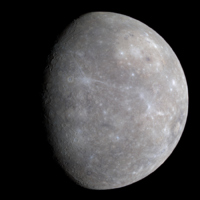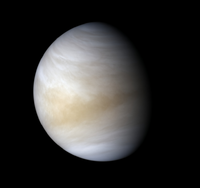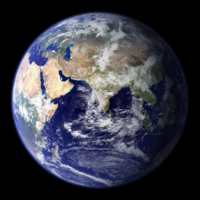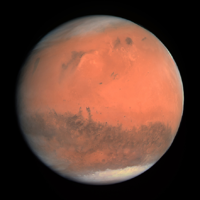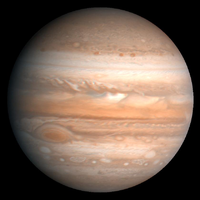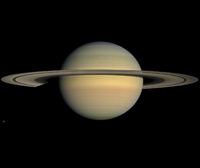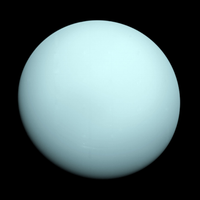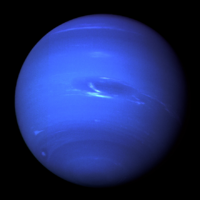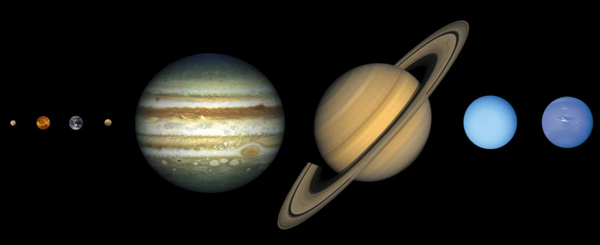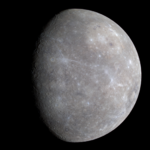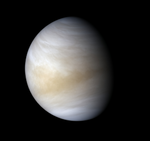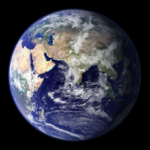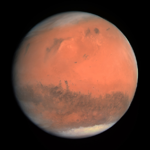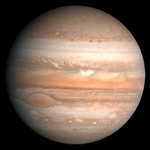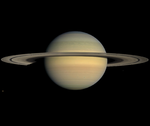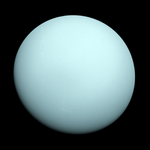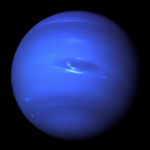Difference between revisions of "Planet"
| Line 163: | Line 163: | ||
:[https://www.amazon.co.uk/gp/product/1782948163/ref=as_li_tl?ie=UTF8&camp=1634&creative=6738&creativeASIN=1782948163&linkCode=as2&tag=nrjc-21&linkId=0fdbfd5dd397d6e24a9dfb250f08587f ''Planets, page 184, GCSE Physics, CGP, Edexcel ''] | :[https://www.amazon.co.uk/gp/product/1782948163/ref=as_li_tl?ie=UTF8&camp=1634&creative=6738&creativeASIN=1782948163&linkCode=as2&tag=nrjc-21&linkId=0fdbfd5dd397d6e24a9dfb250f08587f ''Planets, page 184, GCSE Physics, CGP, Edexcel ''] | ||
:[https://www.amazon.co.uk/gp/product/1292120223/ref=as_li_tl?ie=UTF8&camp=1634&creative=6738&creativeASIN=1292120223&linkCode=as2&tag=nrjc-21&linkId=068ecf40278c32406a7f1c6e66751417 ''Planets, pages 118, 119, GCSE Physics, Pearson Edexcel ''] | :[https://www.amazon.co.uk/gp/product/1292120223/ref=as_li_tl?ie=UTF8&camp=1634&creative=6738&creativeASIN=1292120223&linkCode=as2&tag=nrjc-21&linkId=068ecf40278c32406a7f1c6e66751417 ''Planets, pages 118, 119, GCSE Physics, Pearson Edexcel ''] | ||
| + | |||
| + | ====OCR==== | ||
| + | :[https://www.amazon.co.uk/gp/product/1782945687/ref=as_li_tl?ie=UTF8&camp=1634&creative=6738&creativeASIN=1782945687&linkCode=as2&tag=nrjc-21&linkId=9a598e52189317a20311d7a632747bc9 ''Planets, page 97, Gateway GCSE Physics; The Revision Guide, CGP, OCR ''] | ||
Latest revision as of 11:03, 18 December 2019
Contents
Key Stage 2
Meaning
A Planet is a large object orbiting a Star.
About Planets
- A planet is a large ball shaped object in space.
- Planets can be rocky planets or gas giants.
There are 8 planets in The Solar System.
Examples
| Mercury is the closest planet to The Sun. | Venus is the second closest planet to The Sun. | Earth is the third planet from The Sun and is the only planet known to harbour life. | Mars is the fourth planet from The Sun. It is very cold but we may send humans to live there soon. |
| Jupiter is the fifth planet from The Sun and the largest planet in The Solar System. | Saturn is the sixth planet form The Sun and has a large ring of dust and rocks orbiting it. | Uranus is the seventh planet from The Sun. | Neptune is the eighth planet from The Sun. |
Planet Size Comparison
Key Stage 3
Meaning
A planet is an object orbits a star which has enough gravity to become round and enough gravity to clear its orbital path of other objects.
About Planets
- A planet is a large ball shaped object in space.
- Planets can be rocky planets or gas giants.
There are 8 planets in The Solar System.
Examples
| Mercury is the closest planet to The Sun. | Venus is the second closest planet to The Sun. | Earth is the third planet from The Sun and is the only planet known to harbour life. | Mars is the fourth planet from The Sun. It is very cold but we may send humans to live there soon. |
| Jupiter is the fifth planet from The Sun and the largest planet in The Solar System. | Saturn is the sixth planet form The Sun and has a large ring of dust and rocks orbiting it. | Uranus is the seventh planet from The Sun. | Neptune is the eighth planet from The Sun. |
Key Stage 4
Meaning
A planet is an object orbits a star which has enough gravity to become round and enough gravity to clear its orbital path of other objects.
About Planets
- A planet is a large spherical object in orbitting a star.
- Planets can be rocky planets or gas giants.
There are 8 planets in The Solar System:
- There are thousands of exoplanets orbitting other stars in our galaxy.
Formation of the Planets
- After a nebula has collapsed to form a protostar the protostar is surrounded by a disk of gas and dust.
- Gravity causes the gas and dust clumps together to form grains, which then come to together to form asteroids.
- Over millions of years the asteroids collide to form bigger and bigger asteroids until they are so large that they have enough gravity to pull their matter in to a spherical shape and become dwarf planets.
- Eventually the dwarf planets may sweep enough material out of their orbital path that they are considered planets.
Examples
| Mercury is the closest planet to The Sun and the smallest planet in The Solar System. | Venus is the second closest planet to The Sun. | Earth is the third planet from The Sun and is the only planet known to harbour life. | Mars is the fourth planet from The Sun. It is very cold but we may send humans to live there soon. |
| Jupiter is the fifth planet from The Sun and the largest planet in The Solar System. | Saturn is the sixth planet form The Sun and has a large ring of dust and rocks orbiting it. | Uranus is the seventh planet from The Sun. | Neptune is the eighth planet from The Sun. |
References
AQA
- Planets, page 101, GCSE Physics; The Revision Guide, CGP, AQA
- Planets, page 320, GCSE Physics; The Complete 9-1 Course for AQA, CGP, AQA
- Planets, pages 248-9, GCSE Physics, Hodder, AQA
- Planets, pages 275-8, GCSE Physics; Student Book, Collins, AQA
- Planets; circular orbits, pages 253-5, GCSE Physics, Hodder, AQA
- Planets; motion of, pages 258-9, GCSE Physics, Hodder, AQA
Edexcel
- Planets, page 184, GCSE Physics, CGP, Edexcel
- Planets, pages 118, 119, GCSE Physics, Pearson Edexcel
